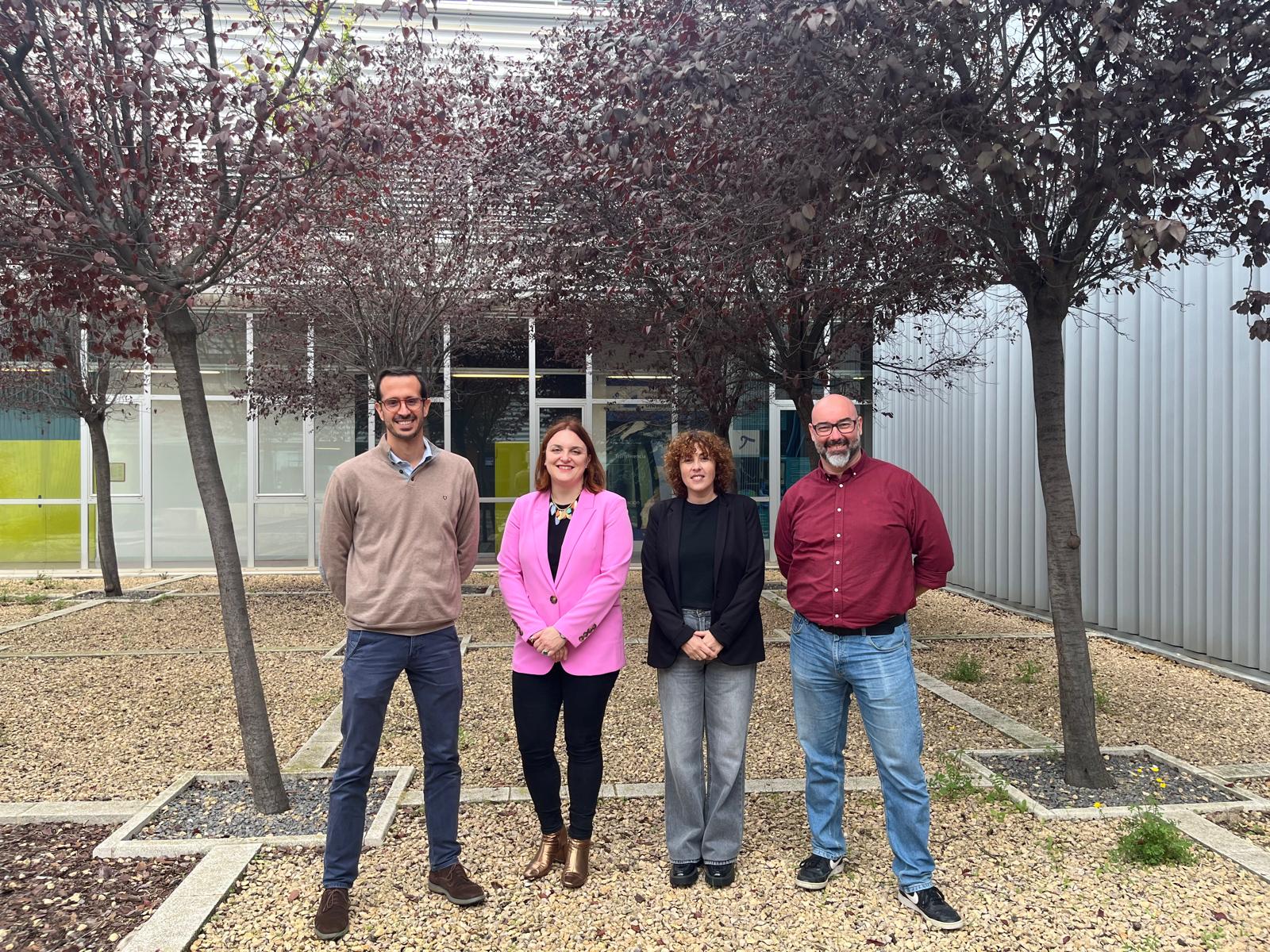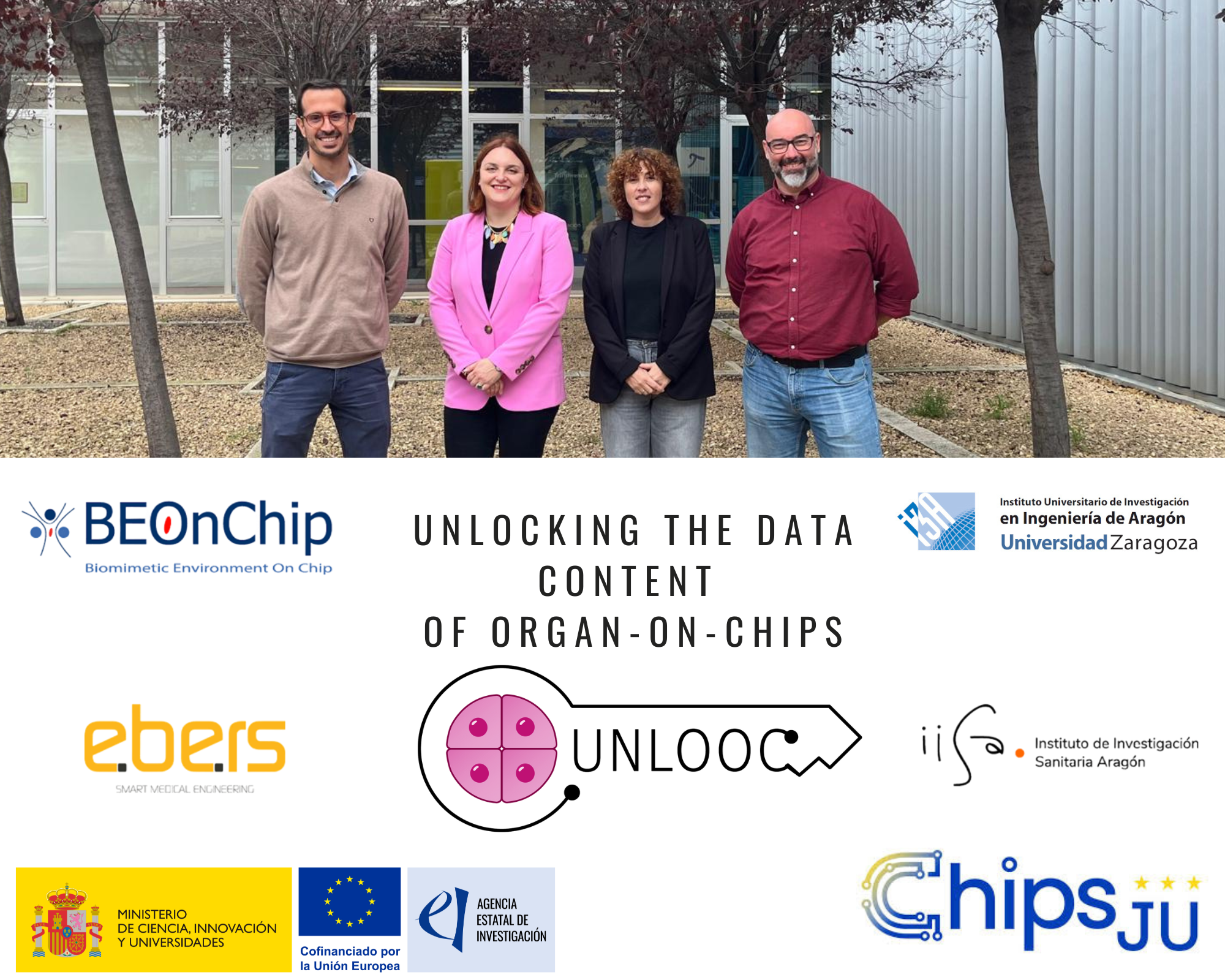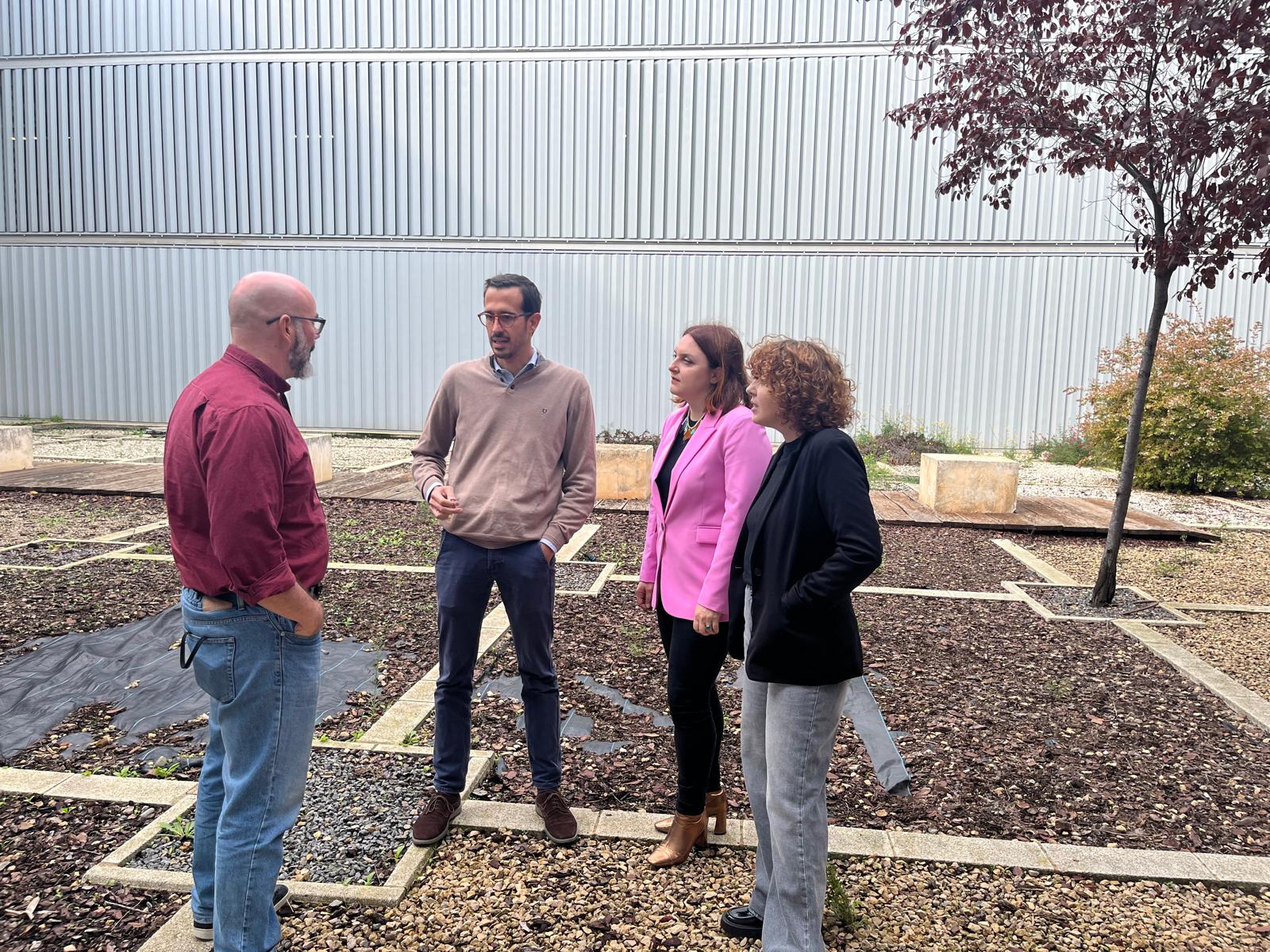Aragonese researchers and companies are seeking experimental models as alternatives to animals.
The European project UNLOOC involves nearly 100 scientists from 10 countries. In Aragón, researchers from the I3A, IIS Aragón, and the companies Beonchip and EBERS are part of it.
More than 50 organizations from academia, research, and technological companies across 10 European countries, along with nearly 100 researchers, are tackling the challenge of developing innovative technologies to mitigate the issues posed by the use of animals in drug development and testing. They will do so through the European Union project UNLOOC (Unlocking Organ-on-Chip Data). The three-year project, funded by the Chips Joint Undertaking and national agencies, sees significant participation from Aragón, with researchers from the I3A Unizar (Institute of Research in Engineering of Aragón), the Aragón Health Research Institute (IIS Aragón), and the biotechnology companies Beonchip and Ebers.
The goal is to demonstrate, through five applications, how Organ-on-Chip (OOC) technology enables the creation of experimental models for finding more effective treatments, leaving animals out of the equation. The solutions developed in the UNLOOC project will not only allow controlled testing of drugs but also model the pathophysiology of diseases.
Organ-on-Chip is a rapidly advancing technology that aims to replicate the physiological and functional properties of human organs and has made significant strides in recent years. It involves replicating the physiological and functional properties of human organs on a microstructured platform with microfluidic channels coated with living cells that mimic the structures and functions of specific organs. By emulating the microenvironment of organs, these systems provide a powerful tool for drug development, disease modeling, and personalized medicine.
Aragón is well represented in this project, contributing to two of the five applications. On one hand, researchers from IIS Aragón and Beonchip are involved in developing intelligent multi-well plates for breast cancer research, designed for industrial use. On the other hand, I3A-Unizar researchers, along with Beonchip and EBERS, are working on an integrated system for fluidic control, sensors, and incubation for a blood-brain barrier model. Beonchip leads this application and coordinates the project in Spain.
Additionally, Aragón already has an initiative to promote Organ-on-Chip technology (OOCA), which includes partners from this European project.
Challenges and Ethical Implications
Before drugs can proceed to human clinical trials, animal models have traditionally been used to validate the efficacy, toxicity, and pharmacokinetics of the drug. However, the use of animal models presents many challenges, such as the low likelihood of successful translation to humans, high failure rates in clinical trials, excessive costs in drug development, and the risk of death due to unwanted side effects of approved drugs.
To mitigate these serious risks in drug development, better methods are needed to test drugs in human models or relevant target groups. As an ethical implication, the potential suffering of the approximately 100 million animals currently used for drug experiments must also be avoided.
Other Applications in the UNLOOC Project
In addition to the work being done in Aragón, the UNLOOC project will focus on the following applications:
- 3D organ models ready for use that replicate human diversity through the use of a highly innovative cryopreservation method.
- Design of artificial epithelium to evaluate transdermal drug administration, skin penetration, absorbance, and toxicity, validated in a drug toxicity scenario.
- Development of an advanced lung-on-chip platform to better assess the safety of new drug candidates.
The European UNLOOC project (Unlocking Organ-on-Chip Data) began in May. It has a budget of nearly €70 million, with €14 million funded by the Chips Joint Undertaking and €18 million from national agencies. Aragón’s share of the funding is close to €2 million.
UNLOOC combines microfluidics, biological applications, microelectronics, Artificial Intelligence, and digital technologies key to new products and pathways in drug development. The applications developed and validated in the project will be used by scientists from both academic institutions and pharmaceutical companies to drive more comprehensive drug development, create safe cosmetics without animal testing, and gain new insights into diseases.
Photograph credits: Pedro Moreo (Ebers), Rosa Monge (Beonchip), Sara Oliván, and Ignacio Ochoa (I3A – IIS Aragón researchers).






Tissue Microenvironment lab - Universidad de Zaragoza | We are us and our circumstances (José Ortega y Gasset)
CONTACT
tmelab@unizar.es
Rio Ebro Campus, Mariano Esquillor street w/o number, R&D Builiding, block 4
(50018 Zaragoza)
+34 876 55 54 66
2020 TME LAB © Designed by Cuidado con el Cactus

